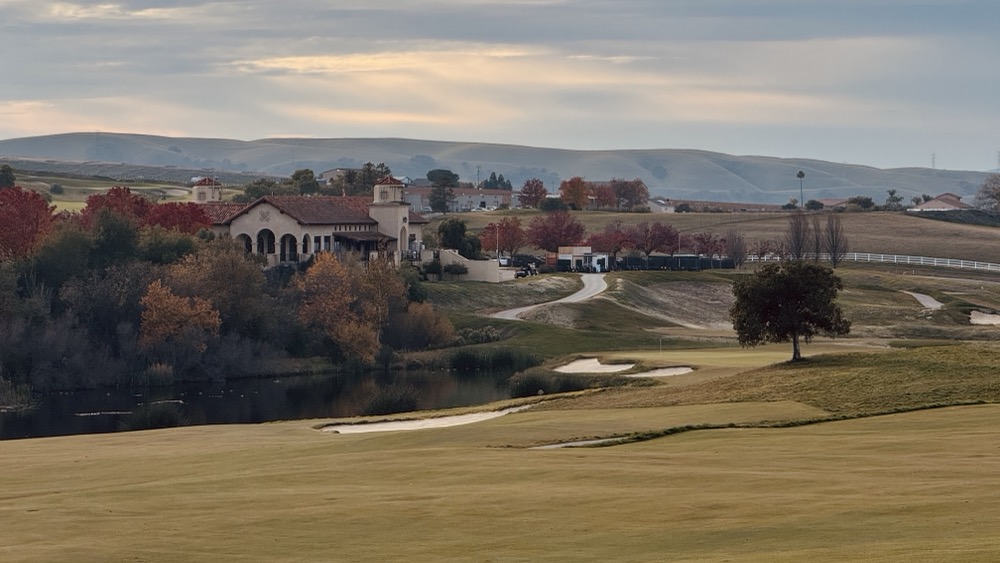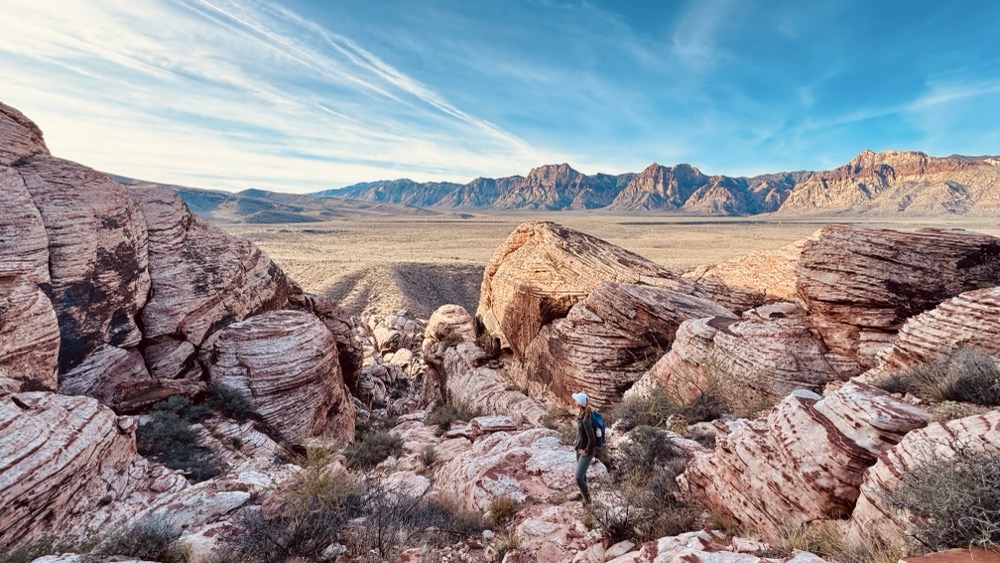Córdoba: Mosque-Cathedral and Madinat al-Zahra
Córdoba was our first stop in our tour of Andalucía, where Muslim, Christian, and Jewish history collide in ways that we are still trying to understand.
 Holy city ruins outside of Córdoba
Holy city ruins outside of Córdoba
Julie and I are spending more time in each stop, taking some pressure off the day-to-day tourism activities and allowing us to wander in areas we’d likely miss if rushed. On our first day we took the municipal tourist bus out to Madinat al-Zahra, the fortified palace-city on the western outskirts of town. Madinat al-Zahra was the home of the Caliphate of Córdoba and signifies the peak of the Umayyad dynasty in Spain. The visit was worth it for the views from the foothills and the wandering through the ruins, though we wish there was more information showing us what has been restored vs. original. There’’s a whole section down the hill with what look to be incredible gardens that wasn’t accessible on the tour – hopefully they are working on opening that in the near future.
The bus takes you to a visitor center and museum, and you take an additional shuttle up to the actual site. The museum was better than expected and easy to follow. We loved seeing the massive warehouse-like areas where they have rubble and artifacts organized for research.
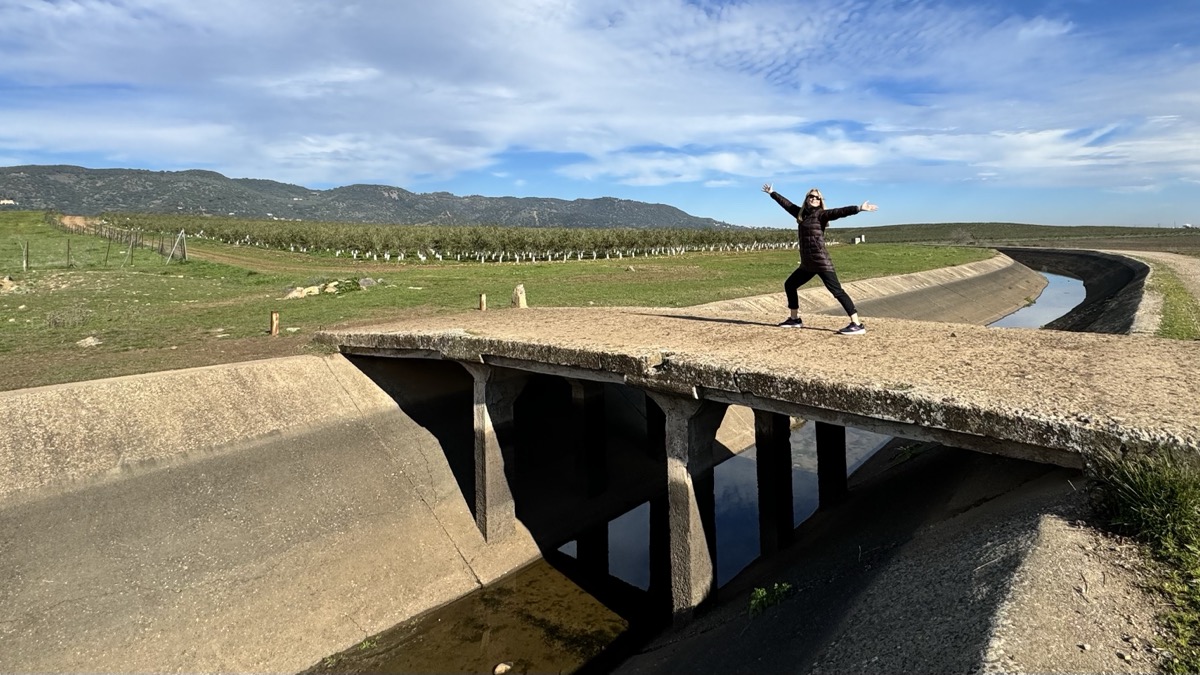 Julie and I wandering the nearby canal and orchards
Julie and I wandering the nearby canal and orchards
With an hour to wait until the bus arrived to take us back to town, we wandered down a multi-use trail along an irrigation and flood control canal. By multi-use I mean: bicyclists, runners, walkers, horse-drawn buggies, shepherds on motorcycles with herding dogs, and herds of sheep. Beautiful terrain here and we enjoyed wandering into the nearby olive groves.
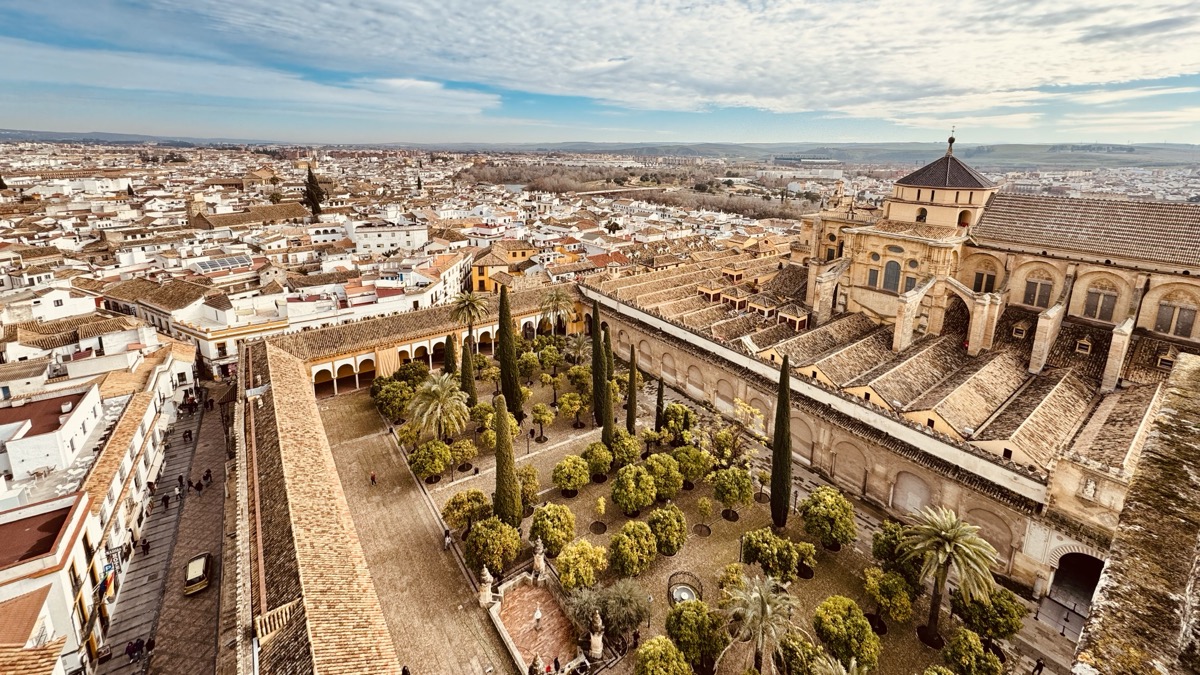 The mosque-cathedral from the bell tower
The mosque-cathedral from the bell tower
The highlight of old Córdoba is the Mosque-Cathedral, reminiscent to me of old Jerusalem and the mash-up of religious architecture found there. Here you have a mosque supposedly built on the grounds of a Visigoth Christian church (St Vincent of Saragossa) after the Umayyad conquest of Spain in the early 8th century. It would remain a mosque (with many changes) until the Reconquista in the early 13th century. That’s about 500 years folks, with the last remnants of the Muslim empire holding out in Granada until 1492.
Of course after the Reconquista, the mosque was turned into a cathedral which it remains today (though primarily a tourist attraction).
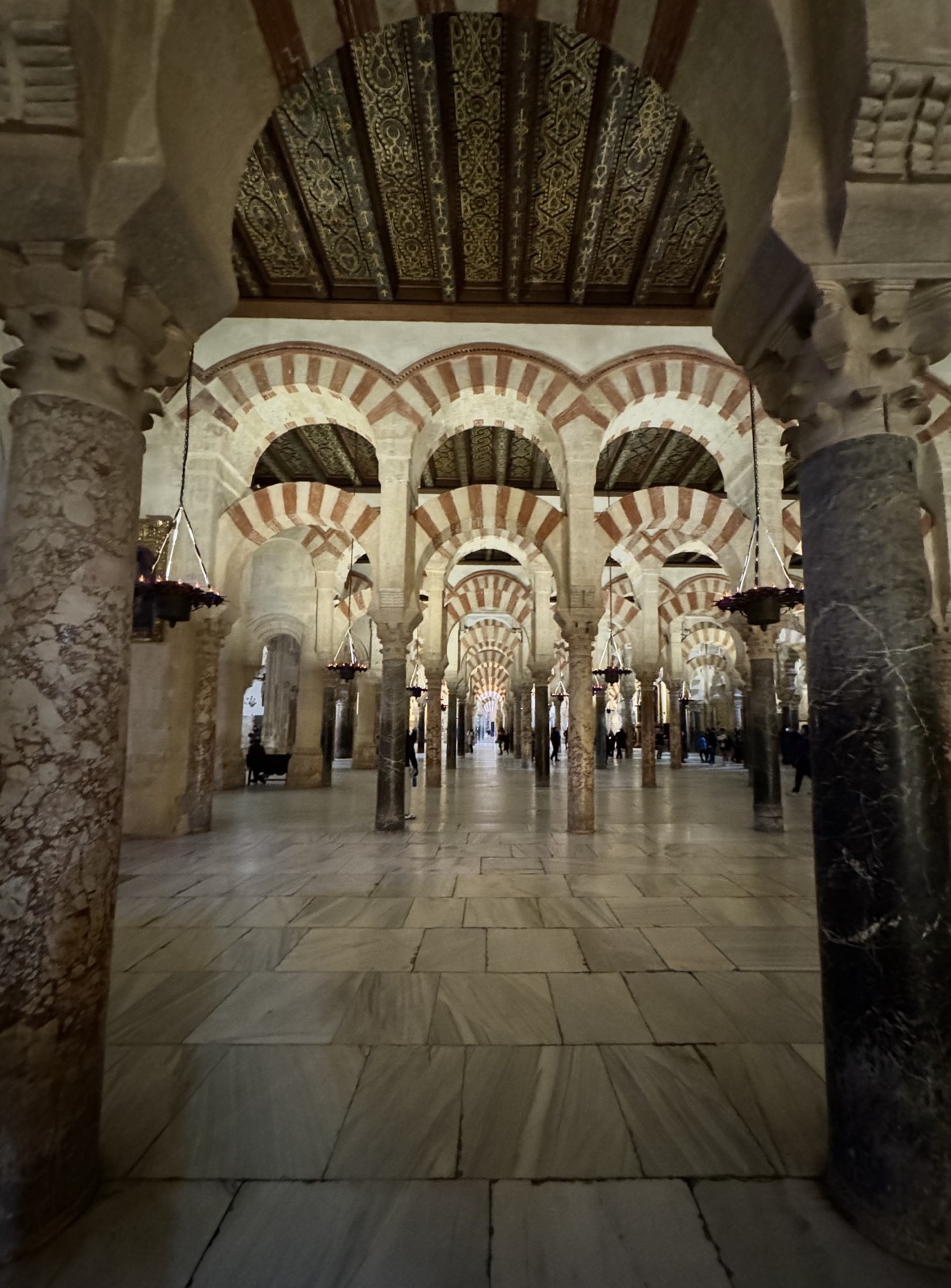 Inside the mosque-cathedral
Inside the mosque-cathedral
The inside is breathtaking, and I found myself longing for a glimpse into what this might have looked like before the morphing into a cathedral and construction of the requisite side chapels, choir stalls, and so on. We’ve fallen in love with Andalucían gardens: mosaic tiled paths, bitter orange trees, sculpted hedges, cypress spires, and water fountains.
As you read this you might be reminded of the stories of peaceful harmony of Muslims, Christians, and Jews in Andalucía under Muslim rule, especially the early Umayyad dynasty that is known for its progressive inclusion and religious tolerance; not so much the later Berber empires from North Africa (the Almoravids and the Almohads). It certainly is a romantic and appealing thought: if this happened 1300 years ago, why can’t we find such harmony today?
My conclusion after deep dives into Wikipedia (I know, far from a primary source, but I’m not really a scholar in this area) and reading The Myth of the Andalusian Paradise is that life for the “others” during Muslim rule in Spain was almost certainly not very different than such a life under Christian rule. One could argue that the inquisition and expulsion of Muslims and Jews in the 15-16th centuries was an extreme outlier of persecution, but throughout the 600 years of Muslim rule exclusion of non-Muslims (where exclusion sometimes meant beheading, forced conversion, disallowing of worship, and so on) seemed to be the norm and not the exception. What I can say with conviction is this: I wouldn’t have wanted to be a Jew living under Visigoth Christian rule, a Jew or Christian living under Muslim rule, or a Jew or Muslim living under Spanish Catholic rule. Harmony only existed if you were part of the “in” crowd.






